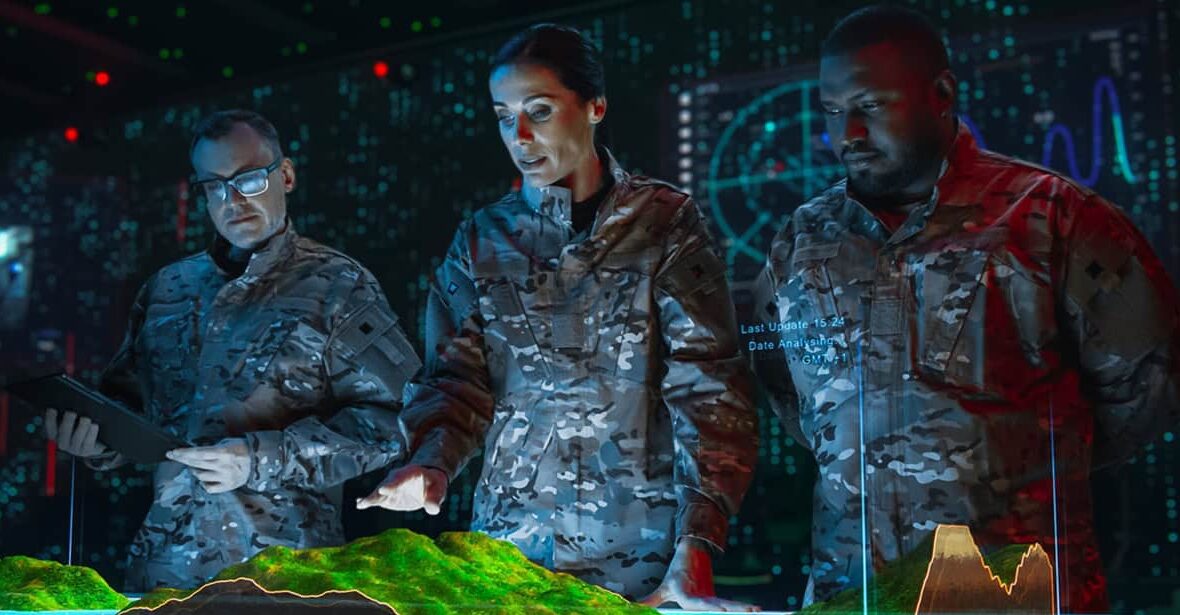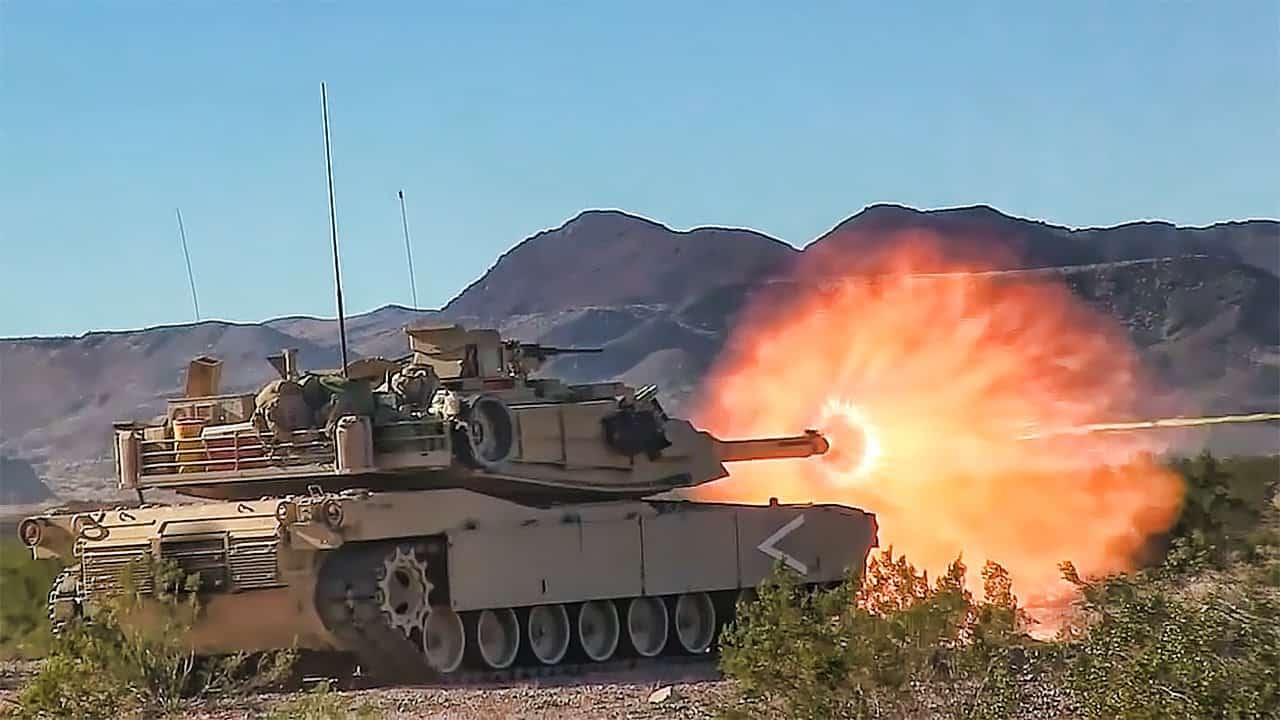The information contained in this article is drawn from Eggler Institute of Technology short course: Introduction to Military Hybrid Drive Electric Vehicles.
Hybridisation is being pushed more than ever in today’s climate. Availability of fossil fuels is becoming increasingly scarce, whilst cost per gallon is rising. This places a greater emphasis on fuel economy.
The military is not exempt from this phenomenon, legally or logistically. Whether it is adhering to the latest US or European emission standards or pushing to get more range on a vehicle during operations, fuel economy is very desirable. So why is it that unlike the civil sector, military hybridization appears almost completely stalled?
As a matter of fact, the military has been chasing hybridization for years. As early as the 1940s, the US military converted a T-23 medium tank to an electric drive, although the electrification was abandoned after WWII, reverting back to mechanical and hydraulic drives (Khalil, 2009). This is not an isolated event with efforts to field electric/hybrid vehicles occurring regularly around ever 10 years. Yet to this day there is virtually no market presence for hybrid electrics in the military vehicle scene. This begs two very big questions – why militaries continue to pursue hybridization and what is stopping them.
There are many advantages to hybridization. Some of these include onboard power generation, reduced acoustic signature, silent operation, peak torque at zero speed that provides a significant lift to vehicle mobility and power regeneration.
However, let’s focus on what many military planners picture as the ultimate hybridization advantage – fuel economy and associated cost savings.
Military fossil fuel usage generates a serious logistic burden. This burden can range from 30-80 percent of convoy loads getting fuels to operational units, which not only dramatically increases costs but operational risks as well (Kramer et al, 2011).
According to Gen. Conway of the US Marine Corps, even though the military can purchase fuel around US $1 per gallon, it costs a further US $400 to transport it to the theatre of operations (Rosenthal, 2010). This is a staggering number. It becomes immediately apparent how increasing fuel economy would drastically decrease logistic costs and allow for more versatility in convoy load configurations.
There is limited publicly available information on what has been done to test fuel economy of hybridized military vehicles. This stems from the difficulties encountered when conducting such tests. Fuel economy is usually verified by computer simulated duty cycles (Butler, 1999). These are predetermined scenarios that simulate engine conditions during highway driving, suburban driving and so on.
However, the nature of military operations has many more requirements comparatively to a commercial vehicle. Thus, generating military duty cycles is much more difficult as no standard is easily agreed upon (Antoniou, 2007).
There is evidence to suggest that by optimizing the hybridization configuration, light to medium vehicles could benefit from a 45.2% increase in fuel economy, with a 15% gain for heavy class vehicles (Goering et al, 2003).
Yet despite these impressive numbers there is still no presence of hybridized military vehicles. This is due solely to a hybrid’s available power density.
During operations, a military vehicle’s instantaneous power requirements are paramount. The ability to accelerate quickly and have 60% gradeability performance are crucial for military vehicles to provide high levels of tactical mobility.
Unfortunately, the technology is not there yet. Military hybridization utilizes commercial heavy vehicle technologies that are adapted for military use. These technologies, particularly high-power density, lightweight batteries, cannot meet the broad operational and environmental rigors of combat operations. So short of a major technological breakthrough, the current situation of military vehicle hybridization is expected to remain static for at least another decade.
I would like to leave you with this final thought. Until such time the power density of hybrid configurations rivals that of its mechanical/hydraulic counterparts, military HEVs will continue to remain an elusive possibility.
If you would like to learn more about the current state of technical development impacting military vehicle technology and military hybrid-electric drives, I encourage you to enroll in the Eggler Institute of Technology’s world leading Diploma of Military Vehicle Technology.
About the Author
Mark Eggler, BE (Hons), MSc, CPEng. Mark has over 30 years’ experience as a project manager and professional engineer working on complex military vehicle projects. He has worked for the Australian Department of Defence and international OEMs on large military vehicle acquisition programs and teaches military vehicle technology worldwide. You can contact Mark here.



